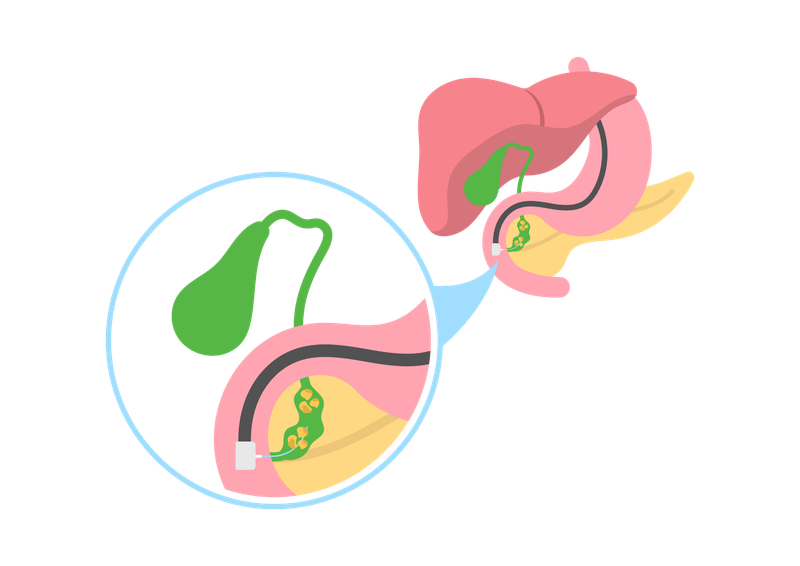PTBD

Percutaneous transhepatic biliary drainage (PTBD) is a minimally invasive procedure to drain bile from the liver. Bile is a fluid that helps digest fats and remove waste products from the body. When the bile ducts are blocked, bile can build up in the liver and cause damage.
Causes of PTBD
- Gallstones
- Tumors
- Strictures (narrowing of the bile ducts)
- Pancreatitis
- Infection
- Trauma
Treatment
PTBD is typically performed under local anesthesia, but general anesthesia may be used in some cases. The procedure is usually done in a hospital or outpatient surgery center.
During PTBD, a thin needle is inserted through the skin and into the liver under image guidance (such as ultrasound or fluoroscopy). A guidewire is then inserted through the needle and into the bile duct. A drainage catheter is then placed over the guidewire and into the bile duct. The catheter is secured to the skin and attached to a drainage bag.
The catheter will remain in place for several weeks or months, depending on the underlying cause of the obstruction. During this time, bile will drain from the liver into the drainage bag.
Risks of PTBD
- Bleeding
- Infection
- Damage to the liver or bile ducts
- Leakage of bile into the abdomen
- Catheter dislodgement
Short note on PTBD Procedure
PTBD is a safe and effective procedure for relieving bile duct obstruction. It is a less invasive alternative to surgery and can be performed in patients who are not well enough to undergo surgery.
PTBD is typically used as a temporary measure to relieve symptoms and allow the underlying cause of the obstruction to be treated. In some cases, PTBD may be used as a long-term solution, such as in patients with cancer.